Importance of Marine Radio Communication
In the expansive world of maritime operations, effective communication is paramount for the safety and efficiency of commercial vessels. Marine radios serve as the backbone of this communication network, facilitating vital exchanges between vessels, ports, and authorities. This guide navigates through the intricacies of commercial marine radio installation and wiring, ensuring a seamless and reliable communication system at sea.
Types of Marine Radios Available
VHF Marine Radios
VHF (Very High Frequency) marine radios are the backbone of maritime communication. Known for their clear line-of-sight communication and dedicated frequency bands, VHF radios are a standard choice for commercial vessels.
HF and MF Radios
For long-range communication, especially in open waters, High-Frequency (HF) and Medium-Frequency (MF) radios are employed. These radios provide extended coverage but require more complex installation and equipment.
Digital Mobile Radios (DMR)
Digital Mobile Radios (DMR) offer advanced features such as encryption and efficient use of bandwidth. Their digital nature enhances communication clarity and data transmission.
Planning the Installation Process
Location and Mounting
Careful consideration should be given to the placement of marine radios. Mount them in a centralized location with minimal interference from other electronic equipment, ensuring easy access for the crew.
Power Supply
Ensure a stable and reliable power source for the marine radio installation. Use marine-grade wiring and connectors to prevent corrosion and electrical issues.
Wiring Considerations and Best Practices
Marine-Grade Wiring
Marine environments are harsh, with exposure to saltwater and weather elements. Use marine-grade wiring to prevent corrosion and ensure the longevity of the installation.
Cable Routing
Plan the cable routing to avoid interference with other electronic equipment. Keep cables away from high-temperature zones and secure them to prevent damage.
Grounding
Proper grounding is crucial for the safety and performance of marine radio systems. Follow manufacturer guidelines for grounding procedures and use appropriate grounding blocks.
Safety Precautions and Regulations to Follow
Compliance with Standards
Adhere to international and local regulations regarding marine radio installations. Ensure compliance with safety standards set by organizations such as the International Telecommunication Union (ITU).
Antenna Safety
Marine radio antennas should be installed with safety in mind. Choose an appropriate location, secure the antenna properly, and follow safety guidelines to prevent accidents during installation and maintenance.
Troubleshooting Common Issues
Signal Interference
If experiencing signal interference, check for nearby electronic devices or potential sources of radio frequency interference. Adjust the location of the radio or shielding to minimize interference.
Power Supply Issues
Regularly check the power supply connections and voltage levels. Loose connections or fluctuating voltage can lead to performance issues.
Conclusion: Ensuring Reliable Communication at Sea
In the challenging and ever-changing maritime environment, reliable communication is non-negotiable. Whether you are searching for radio communication equipment suppliers or seeking handheld marine VHF solutions, www.tecomart.co offers a comprehensive range of products to meet your needs. By following the guidelines outlined in this guide, commercial vessels can ensure a robust and dependable marine radio installation, providing a lifeline for communication at sea.

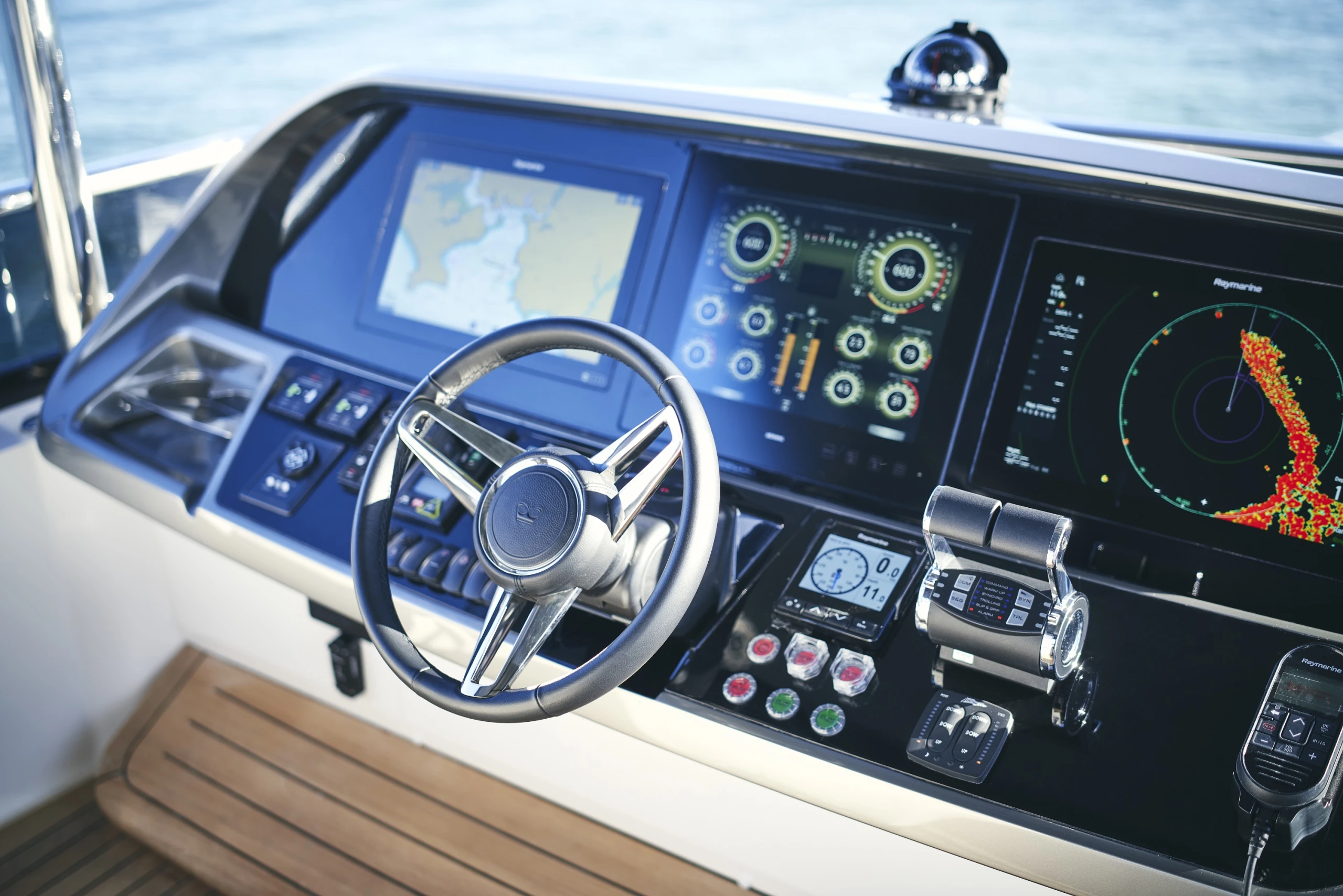
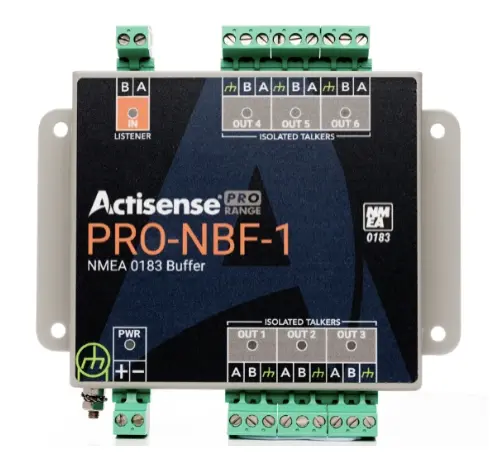
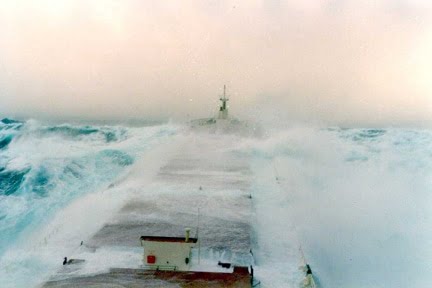
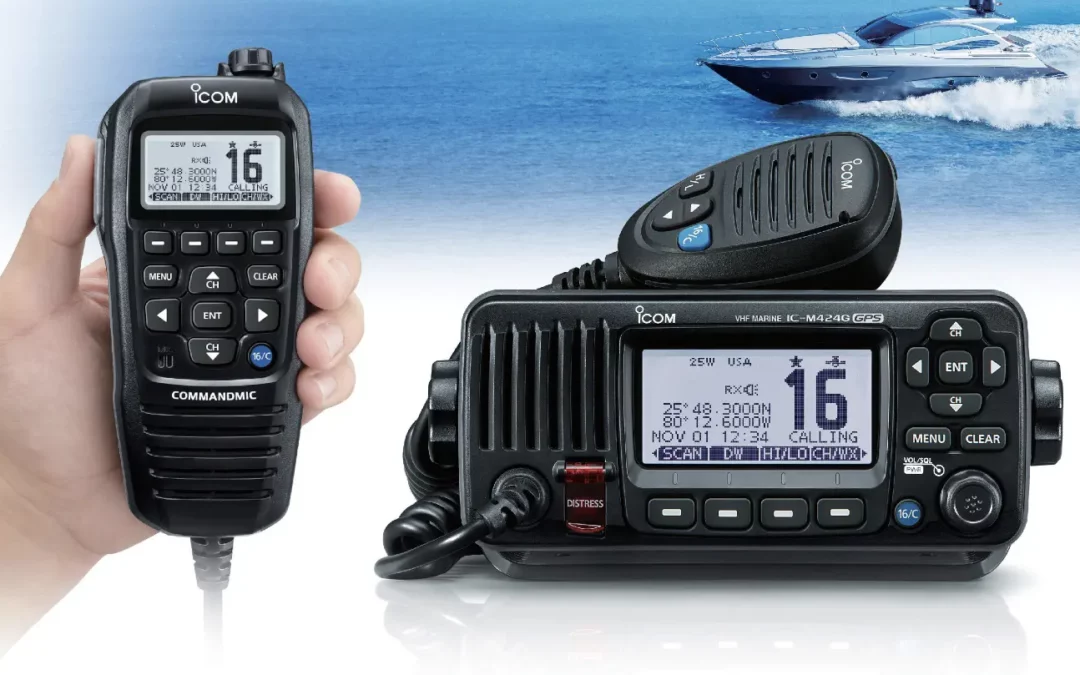
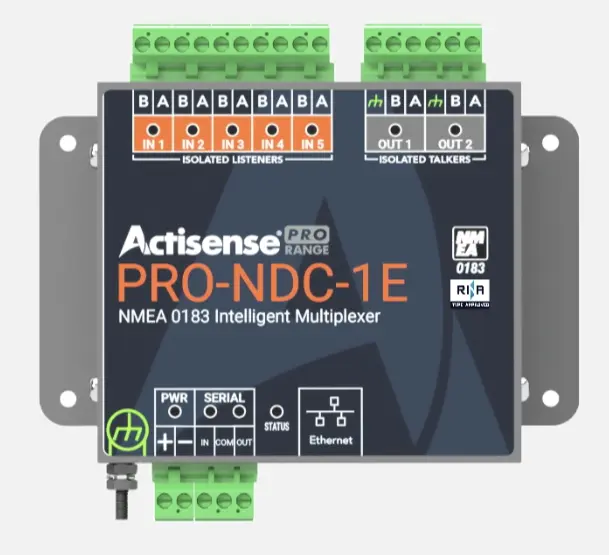
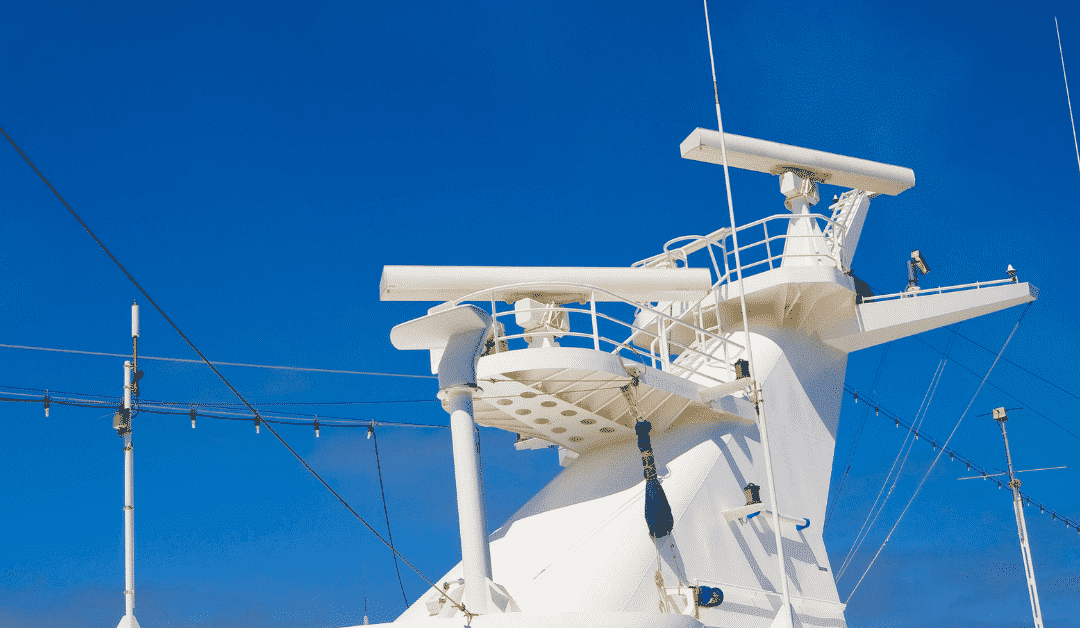
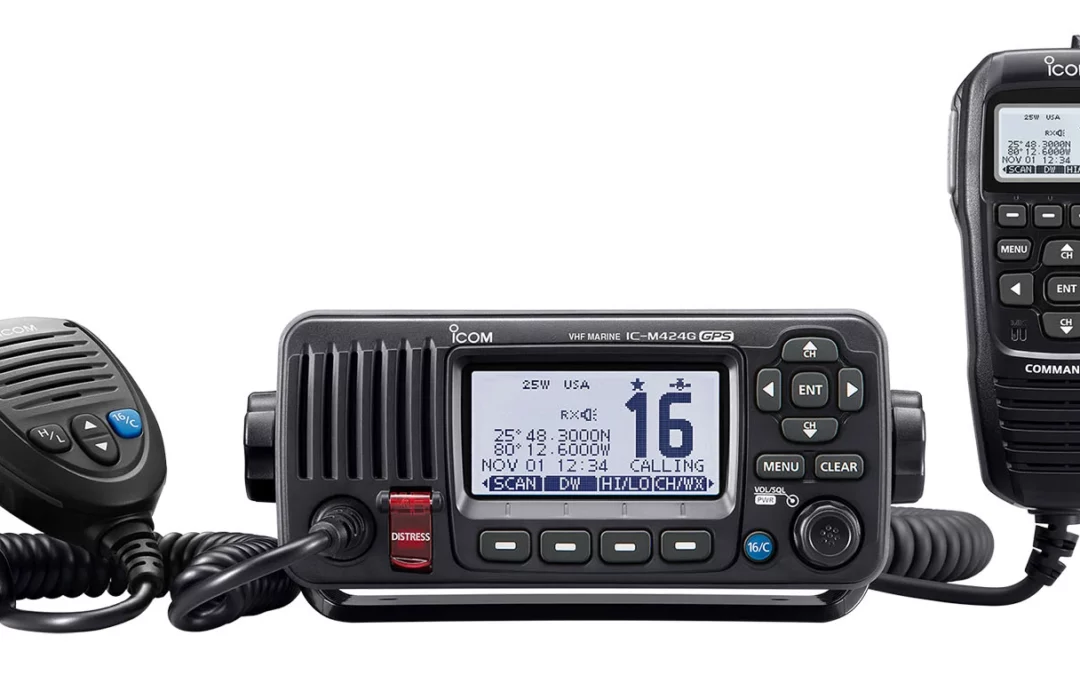
0 Comments